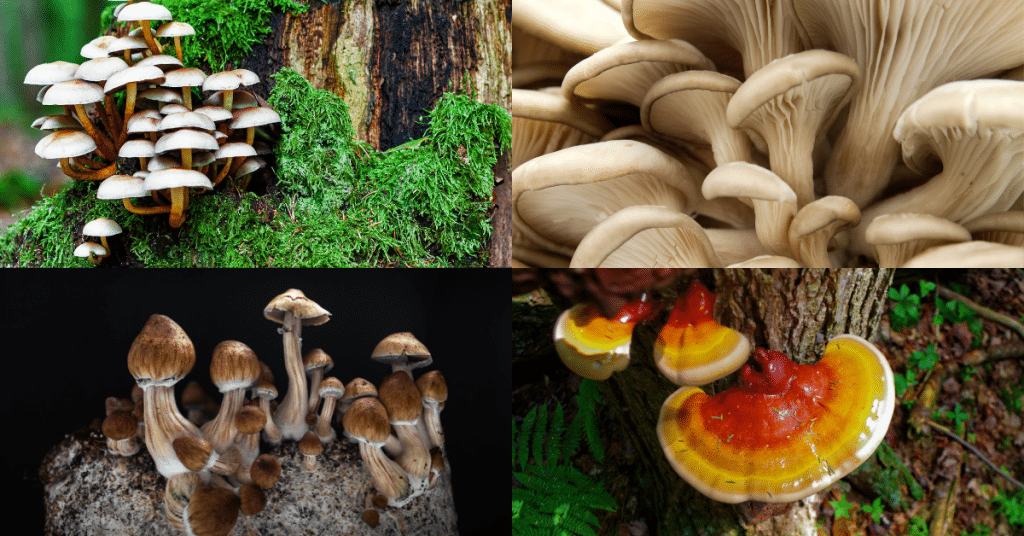Plastic pollution is a global crisis that demands innovative solutions. While recycling and reduced plastic consumption are vital steps, there’s another surprising ally in the fight against plastic waste: fungi. These remarkable organisms have shown the ability to break down various types of plastics, offering a glimmer of hope for a greener future. In this article, we’ll explore the incredible world of fungi that are leading the charge in eco-friendly plastic degradation.
The Plastic Predators
Aspergillus spp. – Tackling Polyester Plastics
Some strains of the Aspergillus genus have displayed a remarkable talent for breaking down polyester plastics, including the common PET (polyethylene terephthalate) used in beverage bottles and textiles. This fungal champion’s enzymes can dismantle PET, potentially reducing its environmental impact.
Penicillium spp. – Masters of Plastic Degradation
Penicillium species have also been under the spotlight for their plastic-degrading potential. Researchers have identified certain strains capable of breaking down PET and other plastics. The discovery opens doors to more sustainable plastic recycling methods.
Phanerochaete chrysosporium – Targeting PAHs
While not exclusively a plastic-eating fungus, Phanerochaete chrysosporium, or white-rot fungus, has garnered attention for its ability to break down polycyclic aromatic hydrocarbons (PAHs) often found in some plastics. Its unique enzymes might play a role in mitigating the environmental impact of these compounds.
Pestalotiopsis microspora – The Plastic-Eating Marvel
One of the most remarkable discoveries in plastic biodegradation is the Pestalotiopsis microspora, often dubbed the “plastic-eating fungus.” It has demonstrated an appetite for polyurethane plastics, making it a potential game-changer in addressing this persistent plastic pollution source.
Trichoderma spp. – Versatile Plastic Warriors
Various strains of Trichoderma fungi are being investigated for their plastic-degrading capabilities, with a focus on polyethylene. These fungi show promise in breaking down this common plastic, offering a more sustainable approach to plastic waste management.
Cladosporium sp. – Tackling Polyurethane
Cladosporium species have also been found to possess plastic-degrading abilities, particularly regarding polyurethane plastics. This discovery may contribute to more effective ways of managing and recycling these challenging materials.
Candida antarctica – The Multitalented Microorganism
Though Candida antarctica is primarily known for its lipase enzyme, it has shown potential in breaking down plastics, contributing to our understanding of how microorganisms can play a role in plastic biodegradation.
A Greener Future with Fungi
These fungi hold the key to transforming our approach to plastic waste management. While their plastic-degrading abilities are still under study and refinement, they offer a promising glimpse into a sustainable future. As research progresses, these eco-friendly champions may play a pivotal role in reducing plastic pollution and building a more environmentally responsible world.
In the battle against plastic waste, nature’s recycling heroes are emerging from unexpected places. Fungi, with their unique abilities to break down plastics, are rewriting the rules of sustainability. As we delve deeper into their potential, we move one step closer to a world where plastic pollution becomes a thing of the past.
Stay tuned for more updates on the latest breakthroughs in plastic biodegradation and the inspiring world of eco-friendly solutions. Together, we can turn the tide on plastic waste and nurture a greener, more sustainable planet.

